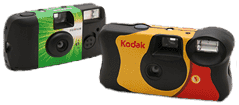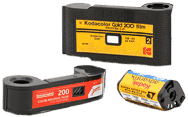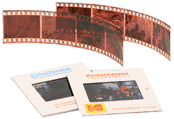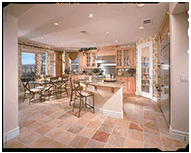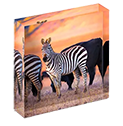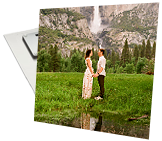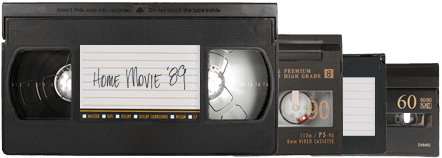Leica Rangefinders are some of the most desirable film cameras of all time. They’re made well, look amazing, and produce beautiful results, but naturally that all comes with a cost – they aren’t cheap. That’s where the Canon Canonet QL17 comes in. Dubbed “the poor man’s Leica,” the Canonet embodies a lot of what is so appealing about Leica Rangefinders but at a fraction of the cost.

Leica vs. Canonet – A side by side comparison and photo examples between the Leica M.P. and Canonet QL17 GIII.
What is a rangefinder? It’s a camera with a range-finding focusing mechanism that shows two images enabling the photographer to measure the subject distance and take photographs that are in sharp focus.
Both are great cameras; it just depends on what you’re looking for and what your budget will allow. So if you’re trying to decide whether to spring for a Leica or get the most out of a Canonet, we’ve put together a caparison to help with your decision.
1. Cost
Let’s get it out of the way: the Canon Canonet QL17 GIII is cheap. You can usually buy them for well under $200, and since the Canonet has a fixed lens, that means you get both a camera body and a lens at that low cost. When purchasing a Leica there is a lot more to consider. Leica has made many rangefinders over the years and has a wide selection of lenses. Depending on what model you’re looking to buy, used Leica bodies start (at the low end) around $500, and brand new bodies can get all the way up to $4,500—not including a lens. Leica glass can range from a couple hundred to thousands of dollars. While there is a major price difference between the Canonet and the Leica, the extra cost comes with value. But considering how inexpensive the Canonet really is, it’s a really good camera.
2. Versatility
Overall, Leica is a much more versatile camera. Unlike the Canonet’s fixed 40mm f/1.7 lens, Leica rangefinders have interchangeable lenses. Most Leica’s have in-camera light meters which are much more precise than the Canonet’s external light meter which is located on the front of the lens and can be confused by backlit scenes. When it comes to viewfinders Leica also has the Canonet beat. Leica rangefinder viewfinders are much larger and brighter than the Canonet’s, making them easier to compose and focus quickly. Leica rangefinders have a max shutter speed of 1/1000 which is one stop faster than the Canonet’s 1/500th. Lastly, Leicas can use modern day batteries while Canonet’s are older and use Mercury based batteries. Since Mercury batteries aren’t made anymore, you need to use a modern day 1.5-volt Alkaline battery which can affect the light meter a little bit.
The Canonet does have a few advantages over Leicas though. The Canonet is much smaller making it a great for travel and everyday shooting. With its quick load feature, it’s much faster and easier to load than a Leica as well. The Canonet’s 40mm f/1.7 lens is also a leaf shutter. This means it can flash sync at all of its shutter speeds, unlike the Leica’s 1/60th or below.

3. Quality
The Canonet wins hands down when it comes to affordability, but pales in comparison to the versatility of Leica Rangefinders. While totally subjective, the great equalizer of these two cameras is the quality of images they produce. Yes, when it comes to building quality, Leica definitely has the Canonet beat but when it comes to the quality of the images they produce it’s much closer. Despite being a cheap fixed lens camera, the Canonet produces incredibility sharp images. Since it has a max aperture of f/1.7 it’s also great in low light situations and produces very pleasant bokeh. Of course, you also get incredible image quality with Leica—even better—when considering all the high-end lenses they offer.
Photo Comparison
But instead of us telling you about it, you can see for yourself! Here’s a side by side comparison between a Leica M.P. and a Canonet QL17 GIII
| Leica vs. Canonet Color Comparison Portra 160 shot at box speed and used an external light meter – all the same exposures. Leica MP + 35mm f/2 Summicron which is roughly a 7k combo vs. Canon Canonet QL17 GIII which cost $135.00 |
Leica vs. Canonet Black and White Comparison Leica MP + 40mm f/2 Summicron with Tri-X 400 vs the Cannot with HP5 400. This test we shot at box speed and used the camera light meters. |
 |

|
Conclusion
When it comes down to it, it’s crazy we’re comparing a $5,000 camera to a $200 camera. Obviously, a Leica is a better camera, but it also shows how great the Canonet is. If a Leica is out of the question budget wise, a Canonet is an extremely good alternative that performs well out of its price range.
Leica vs. Canonet Color Comparison | Leica vs. Canonet Black and White Comparison
Now that you know the comparison between the Canon Canonet and Leica Rangefinder, see our analysis of Rangefinder vs SLR Cameras.



 My Account
My Account

